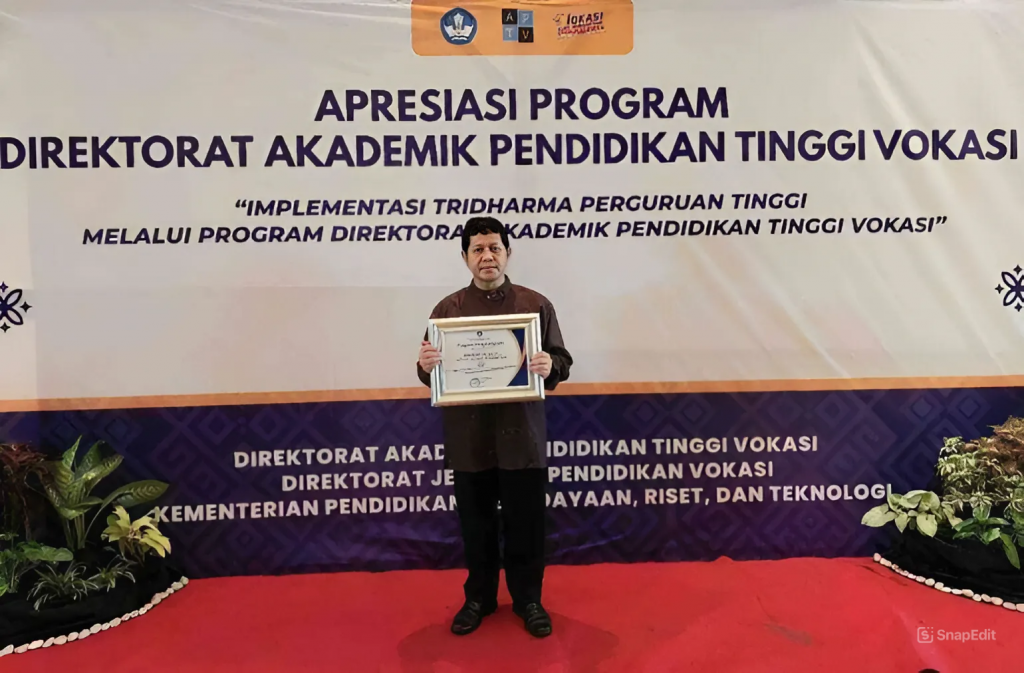Indonesia is currently the world’s largest producer of palm oil, accounting for approximately 48% of global production, followed by Malaysia with a 37% share. However, despite this dominance, Indonesia still imports fatty acids—derivatives of crude palm oil (CPO)—which are used in various industries such as paint, plastics, cosmetics, detergents, soap, and also in food products like chocolate, ice cream, cakes, and candy. In response to this issue, Mohamad Endy Yulianto, a lecturer in the Industrial Chemical Engineering Technology (TRKI) Program at the Vocational School of Diponegoro University (Undip), has taken the initiative to develop domestic production of fatty acids.
According to Endy, concrete steps are needed to meet the national demand for fatty acids. One of the main challenges is that fatty acid production processes are often considered economically unviable. To address this, he developed a method of producing fatty acids through a hydrothermal autocalytic hydrolysis process using subcritical water. Subcritical water has advantages in hydrolysis reactions because it can act both as a reactant and a solvent. As a reactant, subcritical water forms new covalent bonds with OH groups through the transformation of organic molecules (RX) that react with the water.

Mohamad Endy Yulianto, Lecturer of Industrial Chemical Engineering Technology (TRKI), Vocational School, Diponegoro University (Undip)
Endy further explained that subcritical water, when used as a solvent, offers benefits due to its higher solubility for oils and its changing physical properties—such as a decreasing dielectric constant—as temperature increases. Under these conditions, hydrolysis reactions occur in a homogeneous phase, unlike conventional methods which typically involve heterogeneous phase reactions. Subcritical water also excels as a catalyst because the number of ions generated from water ionization increases with temperature. The ionization constant (Kw) rises as hydrogen bonds in water weaken at temperatures above 150°C. This weakening leads to the autoionization of water into hydronium ions (H₃O⁺), which act as acid catalysts, and hydroxide ions (OH⁻), which serve as base catalysts.
Furthermore, Endy noted that during the hydrothermal autocalytic hydrolysis process, the free fatty acids produced through hydrolysis also act as additional catalysts. Initially, the process is catalyzed by hydronium ions from autoionized water, but as the reaction proceeds, the fatty acids formed accelerate the hydrolysis reaction by acting as acid catalysts. Endy considers this method highly efficient, as subcritical water can serve simultaneously as a reactant, solvent, and catalyst. He hopes that this research will contribute to the advancement of science and technology, and that the developed process can eventually be commercialized in Indonesia.


Recent Comments